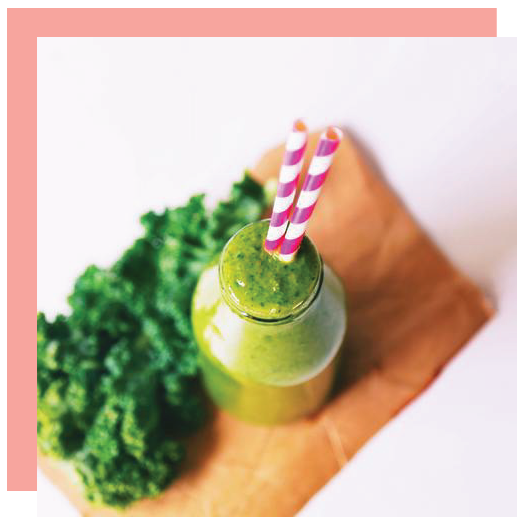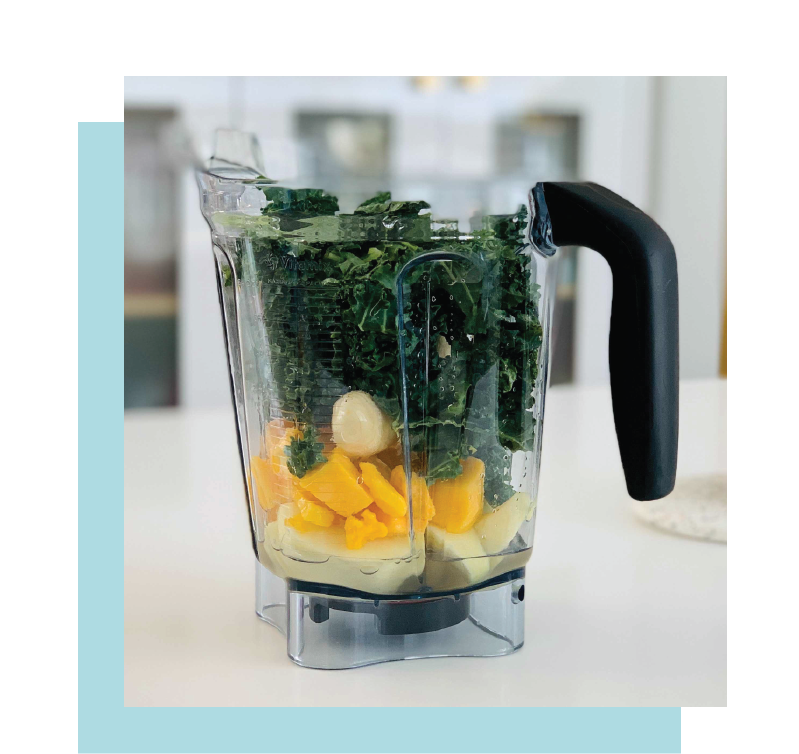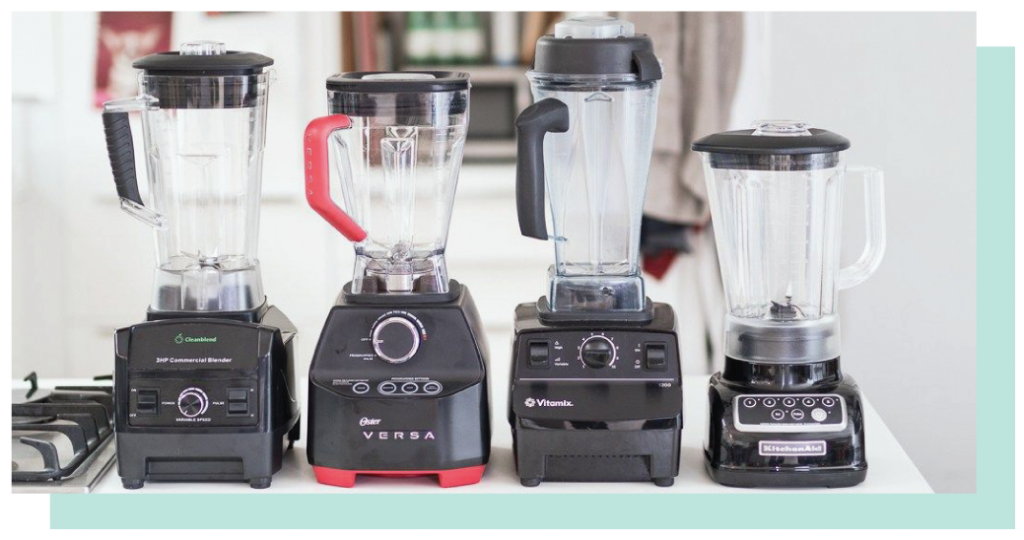Blender buying guide
With a variety of options and lots of added oomph, today’s state-of-the-art whirling dervishes are a far cry from your mother’s blender–though with the current popularity of retro styling, you may be hard-pressed to know that from just a cursory look.
The Basics
For the most part, the blender is a relatively simple appliance–a covered jar outfitted with rotating blades that attaches to a powered base. Depending on the bells and whistles you desire, prices can range from around $20 for a no-frills model to more than $100 for a multispeed, multitasking gizmo that will keep you wasting away in Margaritaville for years to come.
Table of Contents
What does it do?
A blender is an all-around handy appliance, but it’s not good for every occasion. For whipping up shakes, fruit smoothies, malts, and frozen drinks, it’s definitely the tool of the trade, and most blenders are also well equipped to purée soups and stocks and handle easy chopping and mixing chores.
For jobs such as grinding nuts or grating hard cheeses though, a food processor may be a better bet. If you’re in the market for both, manufacturers like Hamilton Beach offer a food-processor attachment that fits onto most blender bases, creating a versatile kitchen tool that gives you more bang for your buck–not to mention all-important counter or cabinet space.
Names to know
Most of the big names in kitchen appliances have blenders on the market, including Cuisinart, Krups, and KitchenAid.
Commercial quality and ’50s-inspired retro styling have made classic designs from Waring and others a staple of many modern kitchens; clean lines and an array of designer colors make these models as much a fashionable accessory as a practical tool.

Blender Essentials - The need for speeds
These days, most blenders come with multiple speeds, many with 10 or more. However, a surplus of settings doesn’t necessarily mean better blending or more power, since adjacent speeds are often nearly identical. This is why you’ll find that most professional or commercial models only feature two speeds: high and low.
One feature that does come in handy is a pulse button, which allows you greater control while processing and helps prevent overblending. A somewhat similar feature is the power boost, which increases blade speed for small amounts of time. Many of the more high-tech models come with an electronic mixing sensor that automatically adjusts the blender speed when more power is needed.
If your plans include any serious behind-the-bar action, you’ll want to make sure the model you choose offers an ice-crushing setting–and at least a 350-watt motor.

Right on the button
Most of the low- and mid-priced models feature push-button controls, while more advanced (and expensive) blenders will feature an electronic touch pad or dial controls. Professional and commercial models (remember the ones with two speeds?) usually feature an easy-to-use toggle switch.
While touch-pad controls are generally no easier to use than old-fashioned push buttons, they’re much easier to clean–an important consideration if you anticipate frequent use of the machine or plan to keep it out on the countertop, where crumbs and other debris can easily get stuck between the tiny buttons.
Regardless of the type of control you choose, make sure the base of the blender is wide and sturdy. Rubber feet on the bottom will keep the machine from wobbling or tipping over during high-speed operation or when processing coarse foods.

Jar jargon
Just as important as the blender’s base is its blending container. The standard jar holds 40 ounces, though several models feature a 48-ounce container and some have room for a hefty 64 ounces of blendables. Unless you regularly whip together huge vats of piña coladas, the standard size should work just fine.
The two main container options are glass or plastic, and both have unique benefits and drawbacks. Glass jars are sturdy and fine for use in the dishwasher, but they can be quite heavy–usually 3 pounds or more–and can break or crack if dropped or otherwise mishandled. Plastic jars are lighter and virtually indestructible, but they can get scratched or discolored and not all are dishwasher-safe. Plastic containers also have a tendency to wobble more in their bases; if you do opt for plastic, make sure it is thick and feels substantial.
A third option–though not widely available for the home market–is a stainless-steel blending container. Found most often in the hands of a professional bartender, a stainless jar is durable and keeps frozen drinks icy cold. The only drawback–besides the price–is that you must lift or remove the lid to take a peek inside.
Other features to look for include a wide mouth (for easier filling), clear and easy-to-read markings (for measuring), and a spill-free pouring spout. Make sure that the blade assembly is removable for easier and more thorough cleanup.
Keep a lid on it
Lids should fit securely–you don’t want the top to pop when you’re in the middle of a smoothie, and you don’t want it to leak if you’re blending a full container.
Most lids will feature an inner plug that can be removed to release steam or to add ingredients while blending; these should have a twist-in locking device. Most of these inner caps can also double as a measuring cup for small amounts.
Other Blender Options
A handy alternative
Hand blenders (also called immersion blenders) are wand-shaped appliances that do not include a container. Instead, the appliance–and its S-shaped cutting blade, located on the bottom of the blender–is immersed in the ingredients, thereby blending, chopping, or puréeing in virtually any bowl or cooking pot.
Benefits of hand blenders include portability, as well as ease of use and cleanup, but most can’t handle the more rough-and-tumble jobs (like chopping ice) that a powerful standard blender can. The most versatile models include chopper/grinder attachments (which can also be purchased separately) and allow the mixing rod to be detached from the power shaft for cleanup in the dishwasher.